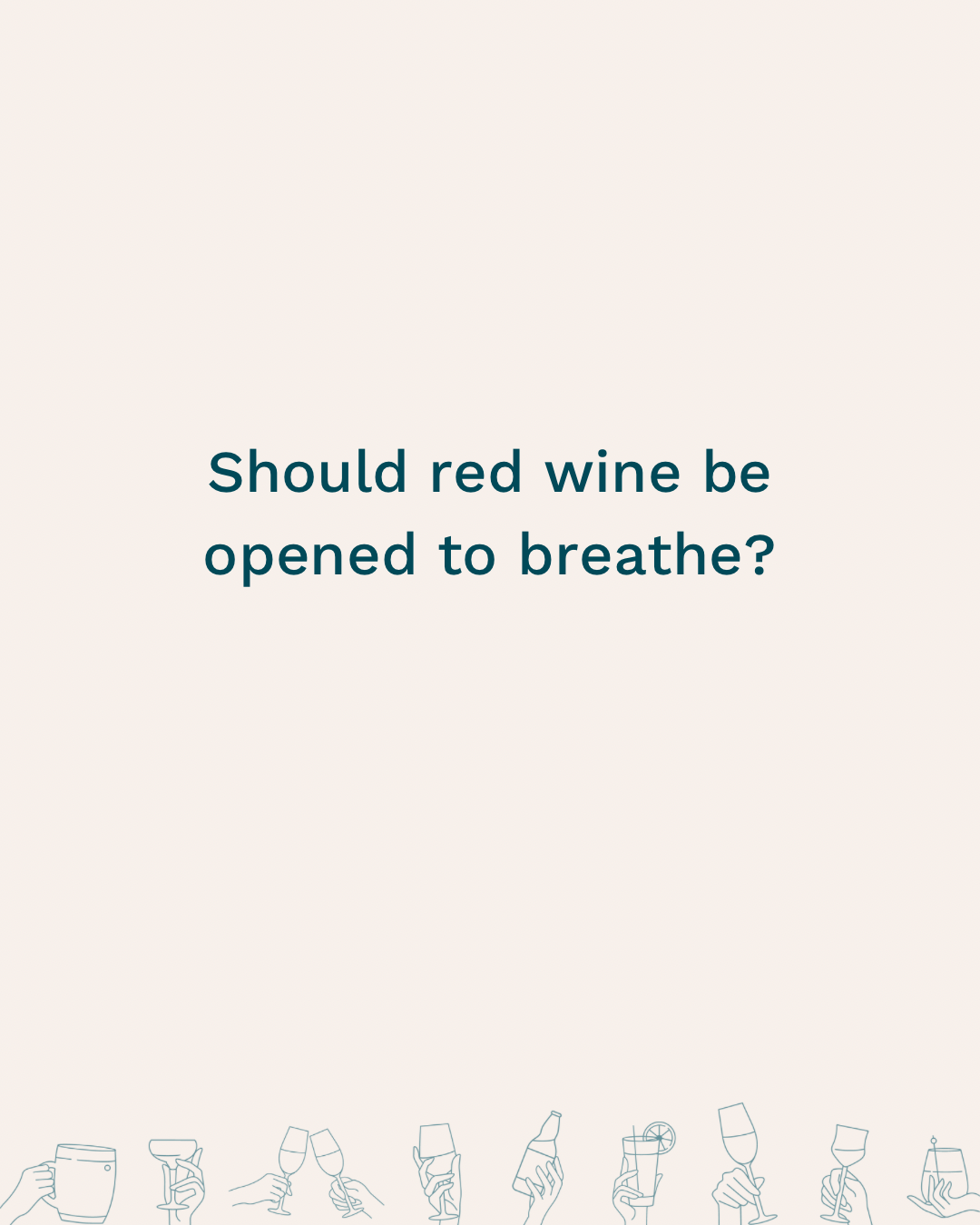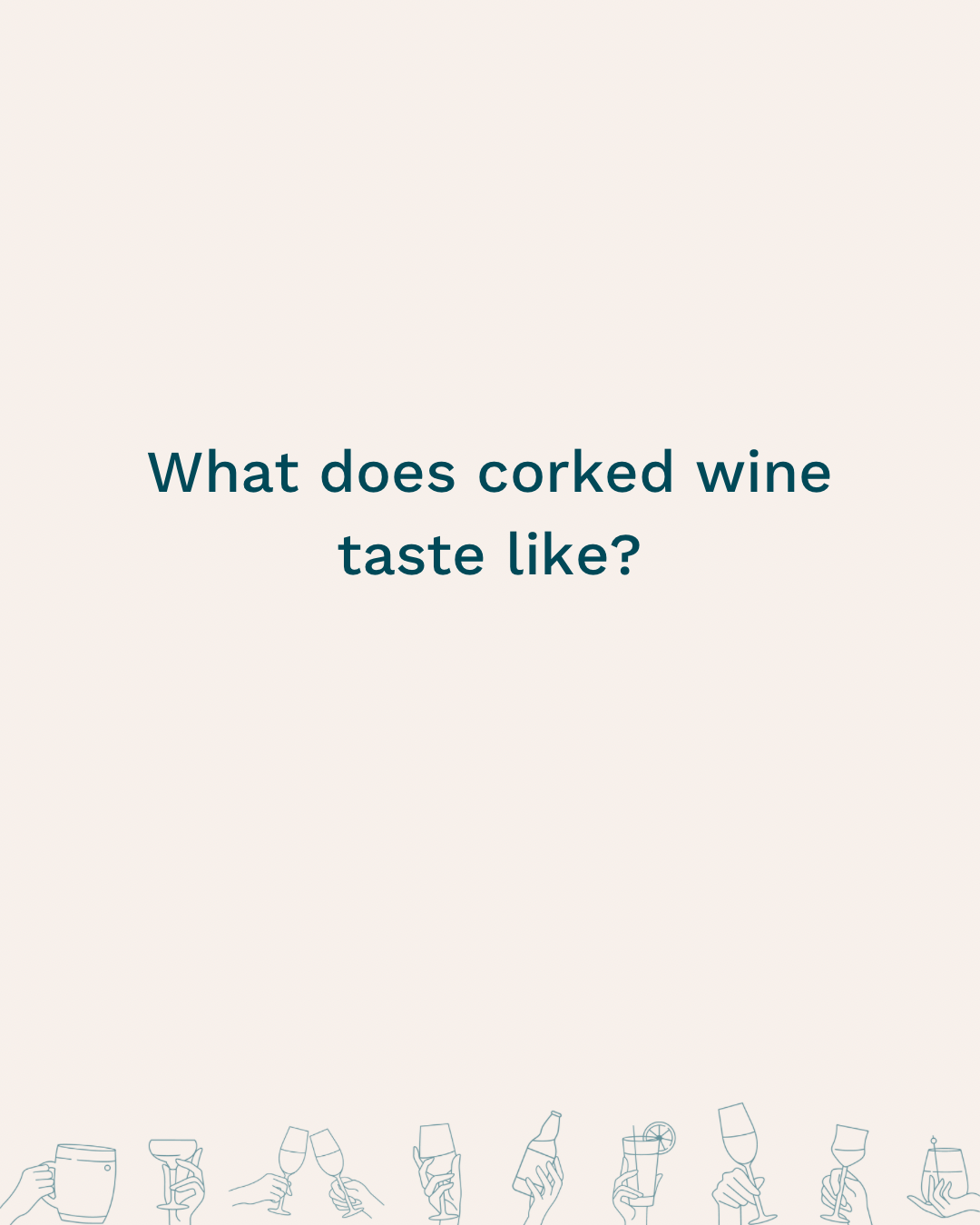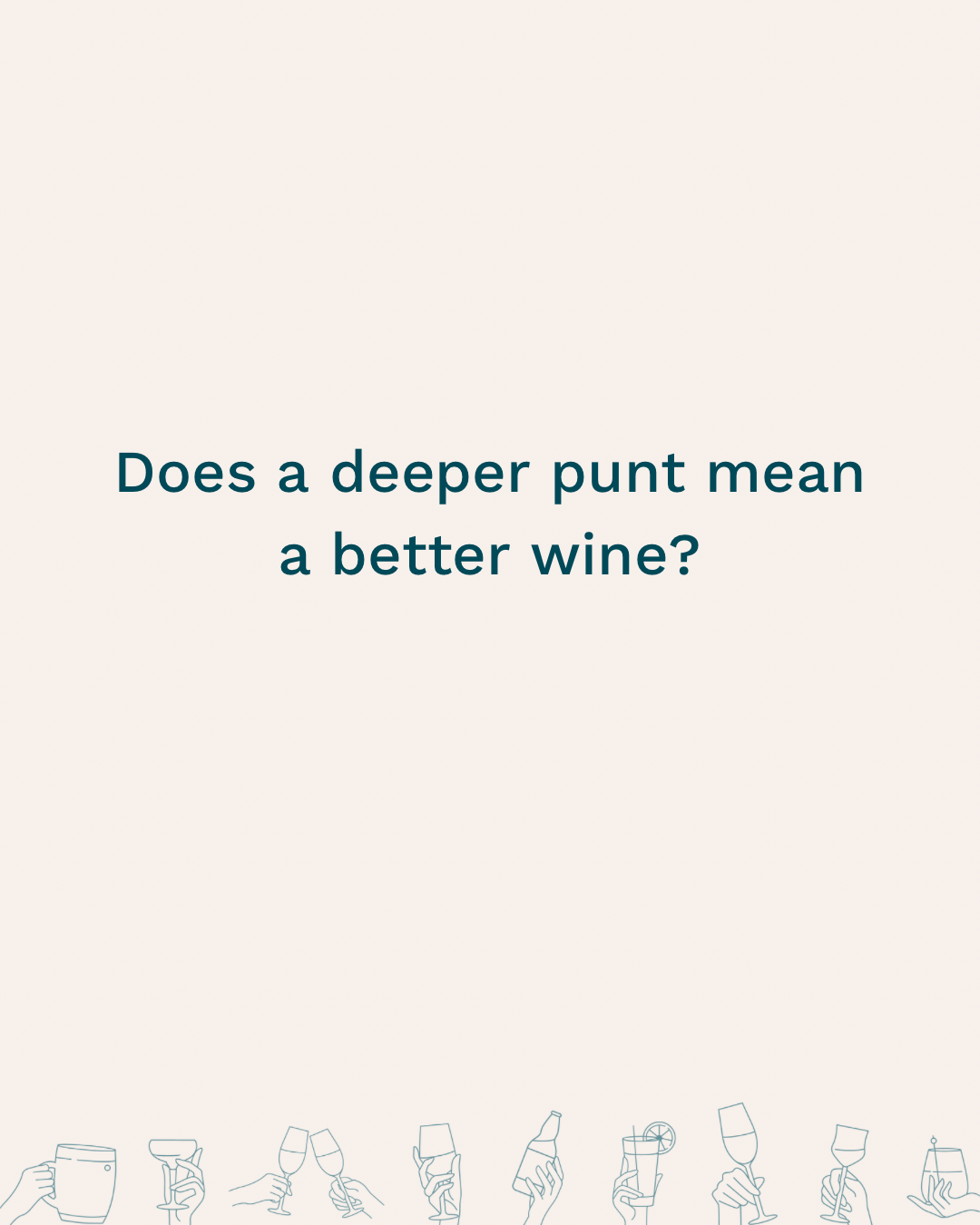Frequently Asked Questions : The Wine Edit
Frequently asked questions. The wine edit.
Designed to provide clear answers and helpful guidance to support you in your wine and spirits learning journey, my FAQ series, that I run over on Instagram addresses the questions I hear most often from my students.
I’ve included some of the most liked in this blog post …
If you’ve got a question you’d like me to answer, feel free to share it in the comments or send me a message hello@clairedrinks.com and I’ll include it in an upcoming post.
What does it mean when a wine is described as dry?
Describing a wine as dry means that it does not have any sugar in it and therefore does not have the taste of sweetness. Sweetness is one of the five basic tastes and can only be detected by taste receptors on our tongues.
A wine is dry when the yeast convert all of the sugar in the grape juice was converted into alcohol during fermentation. If the winemaker arrests the fermentation before the yeast have converted all the sugar to alcohol the wine will have some sweetness.
Sometimes, darker coloured wine and pronounced aromas of ripe fruit or honey and caramel can confuse our brains and the wine will be perceived as sweet, even thought the wine is dry and our sweetness receptors were not activated!
Do sulphite free wines give you less of a hangover?
The short answer is no, there is no evidence to suggest that low sulphite wines give you less of a hangover. Hangovers are the result of excessive consumption of alcohol and all wine contains alcohol. To avoid hangovers, drink less wine!
Some people (approximately 1% of the population) are sensitive to sulphites, particularly those who have asthma. People sensitive to sulphites may experience the following symptoms from consuming products that contain sulphites, flushing, rashes, wheezing, tight chest, and coughing. These symptoms will be experienced immediately or very shortly after the consumption of products that contain sulphites. It is therefore a requirement that all products sold within the UK and EU show clearly on the label that they contain sulphites at levels above 10 mg per litre. Sulphites help to stop food and drink from going off and are used in many products including salads, condiments, dried fruits, and fruit juices. Antihistamines and inhalers can alleviate the symptoms of sensitivity to sulphites.
Sulphites are produced in wine by yeast during fermentation. Even if the winemaker has not added sulphites during winemaking, it is therefore extremely rare to find wines that are not labelled as containing sulphites.
Should red wine be opened to breathe?
Allowing a wine to breathe is the process of exposing the wine to air and encouraging very gentle oxidation and evaporation.
Allowing a wine to breathe, particularly for red wines, can be beneficial. But just opening the bottle, and leaving it on the side, will not help the wine breathe. The wine must be mixed with air. So, open the bottle and pour the wine into a decanter or similar vessel. A similar effect will occur if the wine is poured into a large glass and swirled.
Oxidation causes chemical reactions to occur in the wine that changes the nature of some of the compounds that are responsible for the wines aroma and flavour. It can also reduce the wine’s astringency. Evaporation encourages the wine to change from its liquid form to gas form allowing more effective delivery of the wine’s aroma to the nose. The combination of these two processes can enhance the drinker’s experience of the wine.
For the best effect decant your wine 1 hour before service, even 20 minutes can help. But, decanting a wine requires a little extra organisation, time, and equipment so it’s not always practical. The wine will most likely still be enjoyable even if you don’t decant it.
What does corked wine taste like?
When a wine is “corked” it smells musty, damp and mouldy, like wet cardboard. It is unpleasant and spoils the wine. It isn’t harmful but it will not be enjoyable to drink.
Cork taint is a fault, the result of contamination from a chemical compound called trichloroanisole or TCA.
It is slightly unfair that we call it cork taint as it can also come from barrels and other wood-based materials in the winery or warehouse so screw cap wines can also have cork taint.
If you or a guest notices that their wine is corked, open another bottle and replace the glassware. Let your wine merchant know about the faulty wine.
Does a deeper punt mean better wine?
No, the depth of the punt is not a reliable indicator for wine quality.
The punt is the indent in the bottom of a bottle of wine. It does require more glass and it is therefore a stronger and more expensive to make a bottle with a punt, so it could be argued that only premium wines have deep punts, but, this is not a universal rule.
The punt is also a useful spot for sommeliers to place their thumb whilst pouring, and therefore bottles with deep punts often make their way into restaurants.
Generally however, presenting a wine in a bottle with a deep punt is largely an aesthetic choice made by the producer to give their wine a certain look.
If you’ve got a question you’d like me to answer, feel free to share it in the comments or send me a message hello@clairedrinks.com and I’ll include it in an upcoming post.






